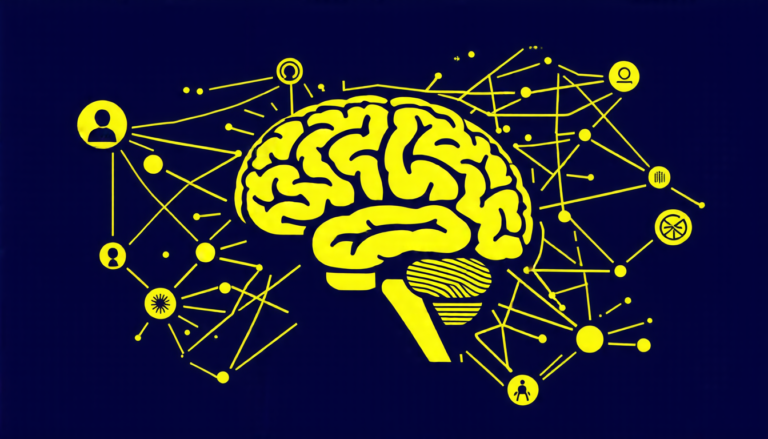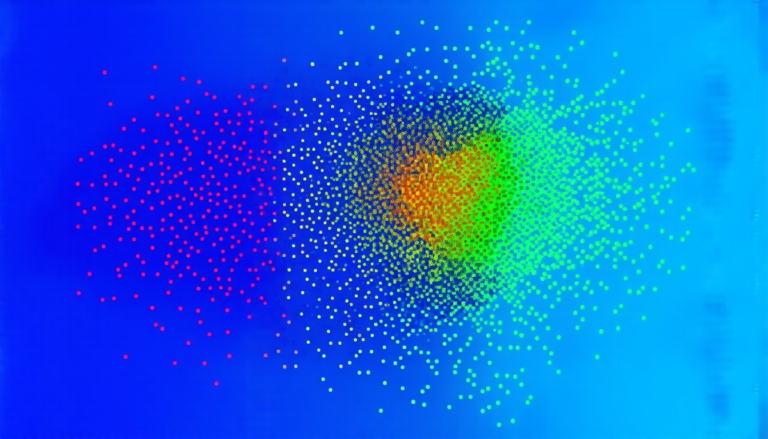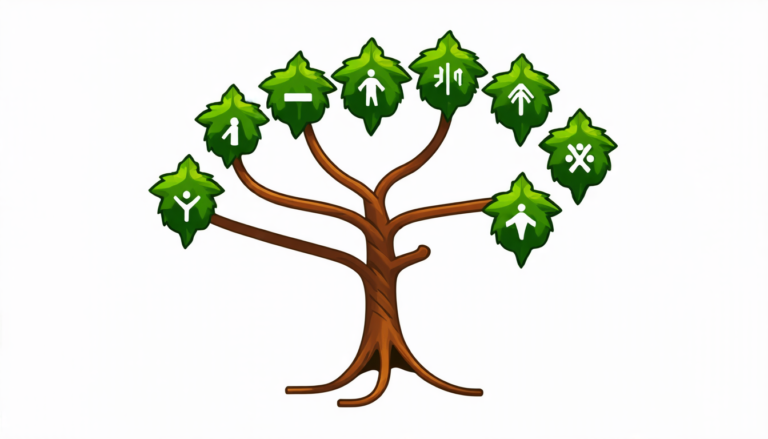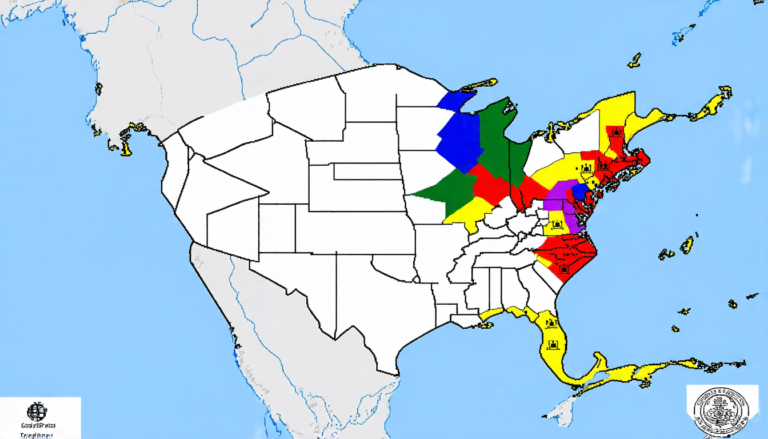Tuesday 03 June 2025
The complex dance of relationships in networks is a fundamental aspect of modern life, from social media connections to biological systems. However, understanding these interactions can be a daunting task, especially when dealing with large amounts of data.
Researchers have long struggled to find effective ways to analyze network structures and identify patterns within them. One major challenge lies in the high dimensionality of node attributes – think demographics, biometrics, or medical histories – which can make it difficult to pinpoint meaningful relationships between nodes.
A new approach aims to tackle this issue by introducing a novel latent space model that links network structures with sparse and low-rank transformations of high-dimensional covariates. In simpler terms, the model allows researchers to analyze networks while taking into account the complex relationships between node attributes.
The key innovation lies in the use of shrinkage priors, which enable the model to robustly integrate dependence between network structures and covariates. This is particularly useful when dealing with mismatched information, where nodes may not always have complete or accurate attribute data.
To make this approach more accessible, researchers developed two variational inference algorithms that facilitate efficient analysis of large-scale sparse networks. These algorithms allow scientists to estimate model parameters and make predictions about network behavior without requiring extensive computational resources.
The implications of this work are far-reaching, with potential applications in fields such as healthcare, social sciences, and biology. For instance, the model could be used to identify high-risk patients or predict disease spread patterns by analyzing patient attributes and medical history data.
Furthermore, the approach can help uncover hidden patterns in complex systems, such as social networks or online communities, which could inform strategies for promoting cooperation or mitigating conflicts.
As researchers continue to develop and refine this method, it may shed new light on the intricate web of relationships that underlies many aspects of modern life. By better understanding these interactions, we can gain valuable insights into human behavior, disease dynamics, and even the global spread of information.
The future of network analysis is likely to be shaped by innovative approaches like this one, which promise to unlock the secrets of complex systems and reveal new patterns and relationships waiting to be discovered.
Cite this article: “Unraveling Complex Networks: A Novel Approach to Identifying Patterns and Relationships”, The Science Archive, 2025.
Network Analysis, Latent Space Model, Node Attributes, Covariates, Shrinkage Priors, Variational Inference, Sparse Networks, Healthcare, Social Sciences, Biology
Reference: Peng Zhao, Yabo Niu, “Robust High-Dimensional Covariate-Assisted Network Modeling” (2025).







